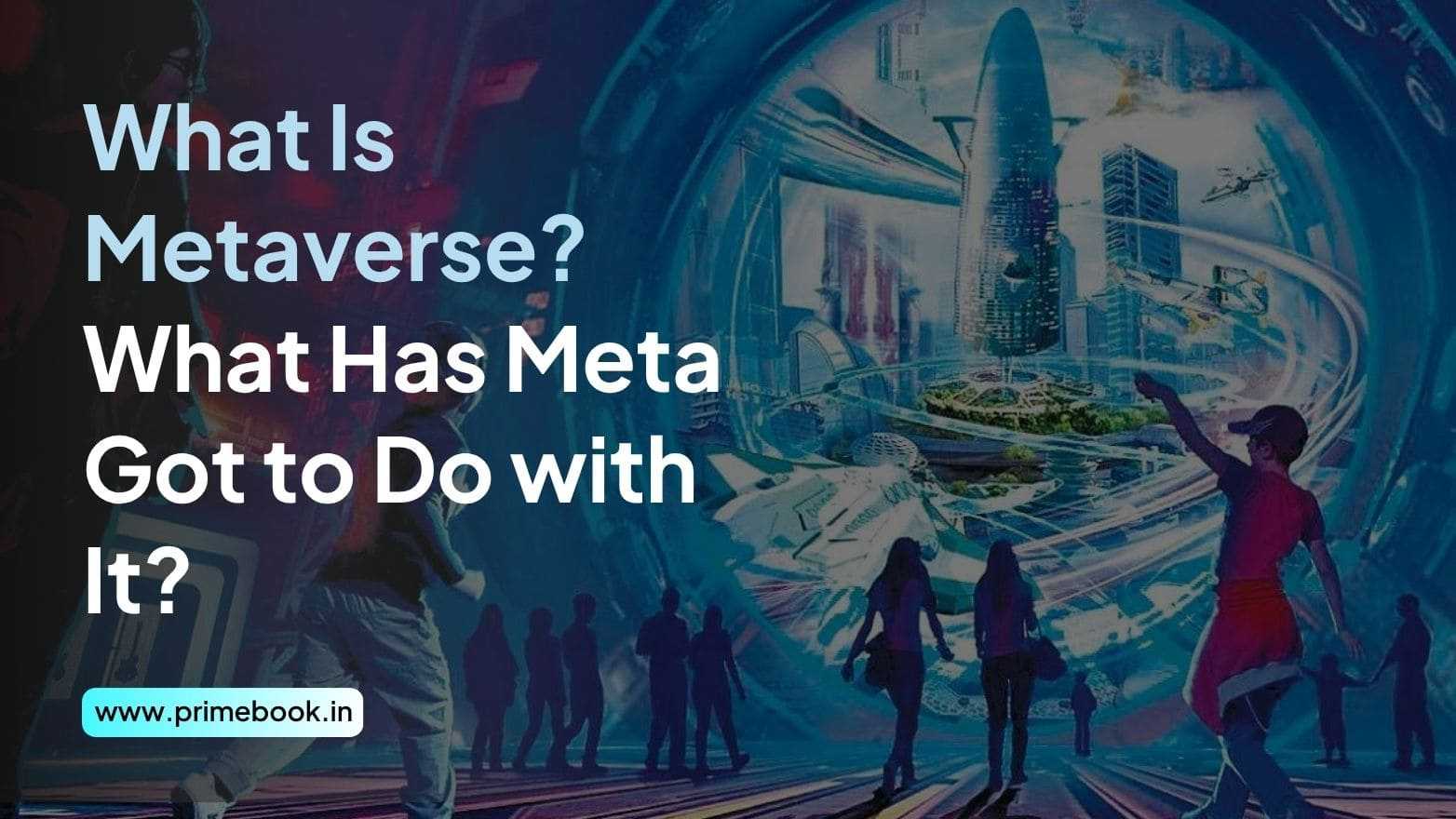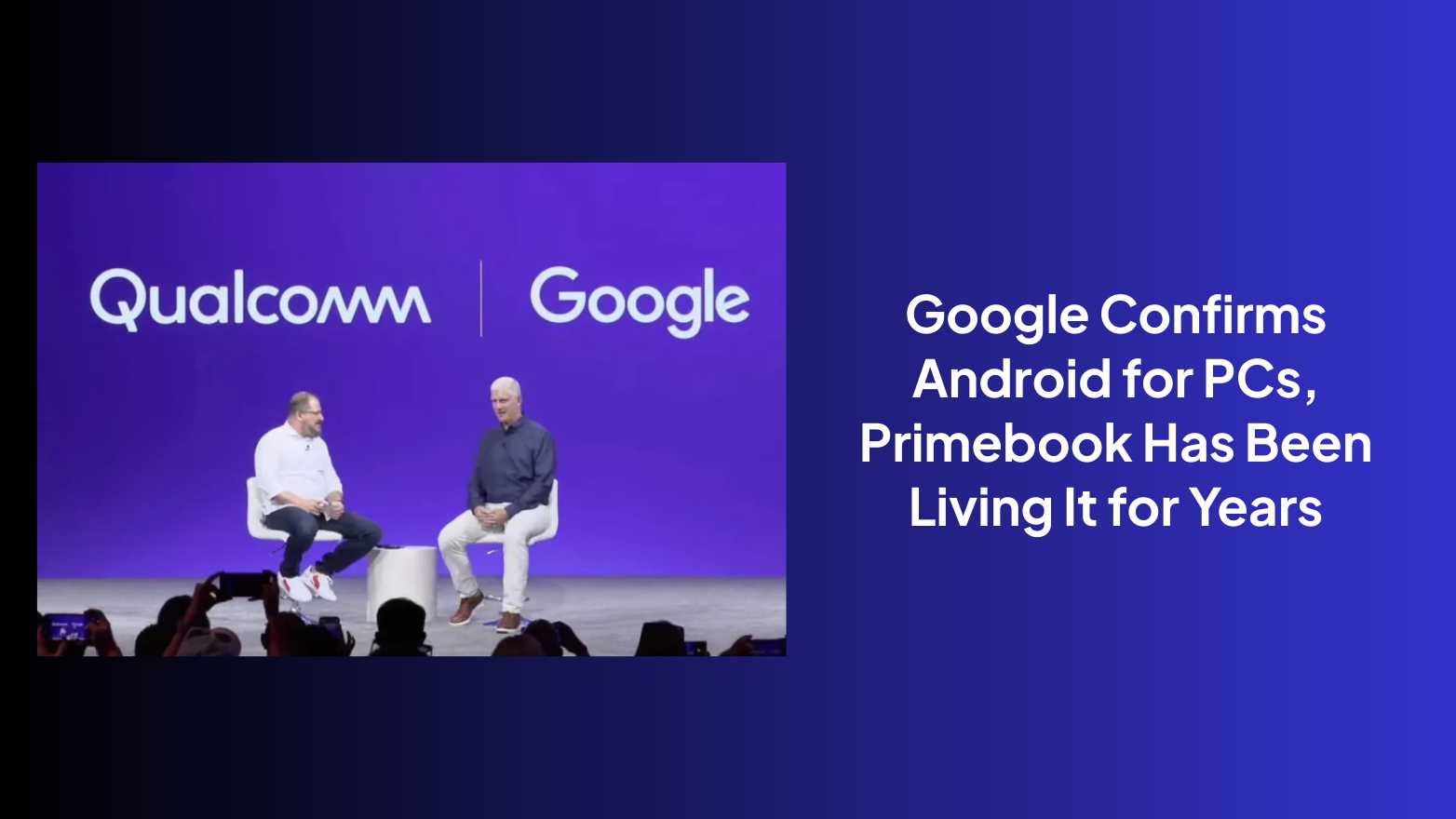Blogs / Trendy Tech Talks / What Is Metaverse? What Has Meta Got to Do with It?
Blogs / Trendy Tech Talks / What Is Metaverse? What Has Meta Got to Do with It?

Ananya Dasgupta
08 Apr 2024

What Is Metaverse? What Has Meta Got to Do with It?
You must already know that virtual reality (VR) and augmented reality (AR) are no longer just futuristic concepts. They are not only shaping the way we work, learn, and shop, but also the way we socialize. But in 2025, the conversation on social media and the web has expanded beyond cool VR headsets. Now, the buzzword is the metaverse. It refers to an expansive, immersive digital world where real-life and virtual experiences intersect. As per Statista, the global metaverse market is projected to exceed $1.5 trillion by 2030. This growth is being driven by advancements in VR/AR hardware, spatial computing, blockchain integration, and the rise of immersive social platforms.
While many companies are building their own versions of this concept, Meta (formerly Facebook), as one of the most ambitious players, acquired the pioneering VR hardware company, Oculus, in 2014 and launched software like Horizon Worlds. Through these efforts, Meta aims to build what they call the "next evolution of social connection." But don’t get confused here; the metaverse is broader than Meta. It’s a vision shared by developers, creators, educators, and brands across the globe.
In this blog, we shall unfold what the metaverse exactly is, how it works, what its benefits are, and more.
What is the Metaverse?
Imagine yourself in a virtual concert where your avatar plays alongside the avatars of some real users from different countries, then you’re buying some limited-edition digital merchandise as NFTs, and further, jumping into a coworking space within the same digital ecosystem, where your virtual whiteboard still has yesterday’s notes written. This is nothing but the metaverse, where these interconnected, persistent experiences exist in real time, enabling social interaction, creativity, and commerce, all without leaving your physical space.
In other words, the metaverse refers to a continuous, shared digital environment that blends VR, AR, blockchain, AI, and social media to create immersive, interactive experiences. It's not a mere platform but an interconnected network of 3D spaces where people engage as digital avatars. As of 2025, there are over 600 million active metaverse users worldwide, according to DemandSage. This shows that the metaverse has already started gaining momentum to bring a revolution in immersive digital technology.
Fun fact: The term “metaverse” was first coined in Neal Stephenson’s 1992 sci-fi novel Snow Crash, long before any of the tech existed.
Also Read: Difference between Virtual Reality and Metaverse
How Does Metaverse Work?
The metaverse works by integrating various technologies to create consistent, interactive, and immersive digital environments where you interact via your unique avatars. Here’s a detailed breakdown of the key components of this growing network ecosystem.
1. VR & AR: These technologies act as the foundation of the metaverse’s immersive experiences. While VR offers fully digital environments, AR overlays digital content onto the real world, together, enabling users to interact with 3D spaces in real-time.
2. Spatial Computing: Spatial computing acts as a bridge between human input and digital environments, allowing users to navigate the metaverse through gestures, voice, and motion.
3. Artificial Intelligence: AI acts as an enhancer of the metaverse by powering avatars, enabling realistic interactions with NPCs, personalizing user experience, and managing large chunks of data required to create such dynamic environments.
4. Internet of Things (IoT): By collecting and transmitting data from the physical world, IoT devices enrich the metaverse with real-world information, thereby enabling more responsive and context-aware virtual experiences.
5. 3D Modelling & Digital Twins: 3D modelling creates detailed virtual representations of objects and environments. Likewise, digital twins replicate real-world entities within the metaverse, allowing for simulations and interactive experiences.
6. Blockchain Technology: By providing a decentralized framework for the metaverse, blockchain helps ensure secure transactions and digital ownership in this ecosystem.
7. Edge Computing: As edge computing processes data closer to the user’s location, latency in the metaverse ecosystem is reduced, and performance is improved.
8. Internet Connectivity: A high-speed internet connection stands as a core component of the metaverse stack, essential for supporting real-time, multi-user virtual environments.
Also Read: Top Metaverse Applications and Platforms
Benefits of the Metaverse
With its rapid evolution in 2025, the metaverse brings transformative benefits across diverse sectors. Here’s how!
Enhanced Online Shopping Experience
With the metaverse in place, brands can create immersive shopping experiences for their customers, allowing them to explore and purchase products in 3D spaces. For instance, Nike and Walmart’s virtual stores were developed within platforms like Roblox, which engaged millions of users and drove new purchases.
Healthcare Advancements
Metaverse paves for efficiency in remote medical consultations, enables virtual surgeries and medical training simulations. This not only improves the accessibility of healthcare but also its outcomes. With realistic yet risk-free clinical environments, medical professionals can sharpen their skills and heighten patient care.
Immersive Education & Staff Training
Through virtual classrooms, virtual field trips, and virtual training hubs integrated into the metaverse ecosystem, education is about to get more immersive; so is staff/employee training for corporates. Many educational institutions are using VR/AR modules to simplify complex subjects. Companies like Accenture and PwC are even deploying metaverse-powered environments for onboarding and skill development.
Expanded Horizons of Entertainment
By blurring the lines between digital and physical experiences, the metaverse is reshaping the global entertainment landscape. From virtual concerts and events, digital arts and NFTs exhibitions, and interactive gaming to social hangout platforms, you can explore and enjoy various forms of entertainment within the metaverse ecosystem.
Revolution of Remote Work
When it comes to remote work, virtual offices, 3D collaborative workspaces, and digital avatars existing within the metaverse are bringing real productivity. Metaverse allows you to brainstorm on shared whiteboards, network in virtual lounges, attend meetings in spatial environments, and so on.
Environmental Sustainability
Beyond innovation and interactivity, the metaverse encourages environmental sustainability. It helps reduce carbon emissions, minimizes physical infrastructure needs, promotes and enables remote access to resources, and also supports circular digital economies. With reduced need for travel, the metaverse gives us a low-impact, digitally sustainable alternative for real-world activities.
To conclude, the metaverse is no longer just a conceptual innovation; it’s gradually evolving into a tangible ecosystem that beginning to shape our everyday lives. With its potential to transform industries and foster new forms of collaboration and interactivity, the metaverse is poised to be a defining force in the next phase of our digital evolution.


 Related Blog
Related Blog









